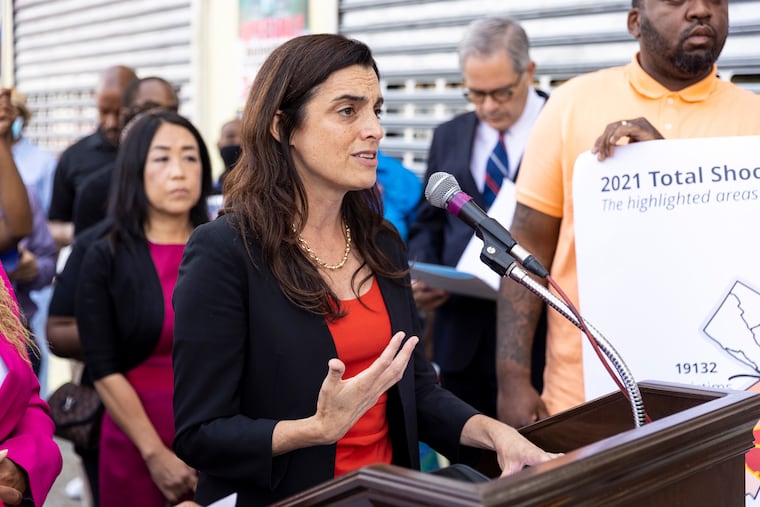5 key takeaways from a new report on Philly’s antiviolence spending
Just 21% would go toward intervention efforts that are most likely to immediately decrease shootings.

Just 21% would go toward intervention efforts that are most likely to immediately decrease shootings.
